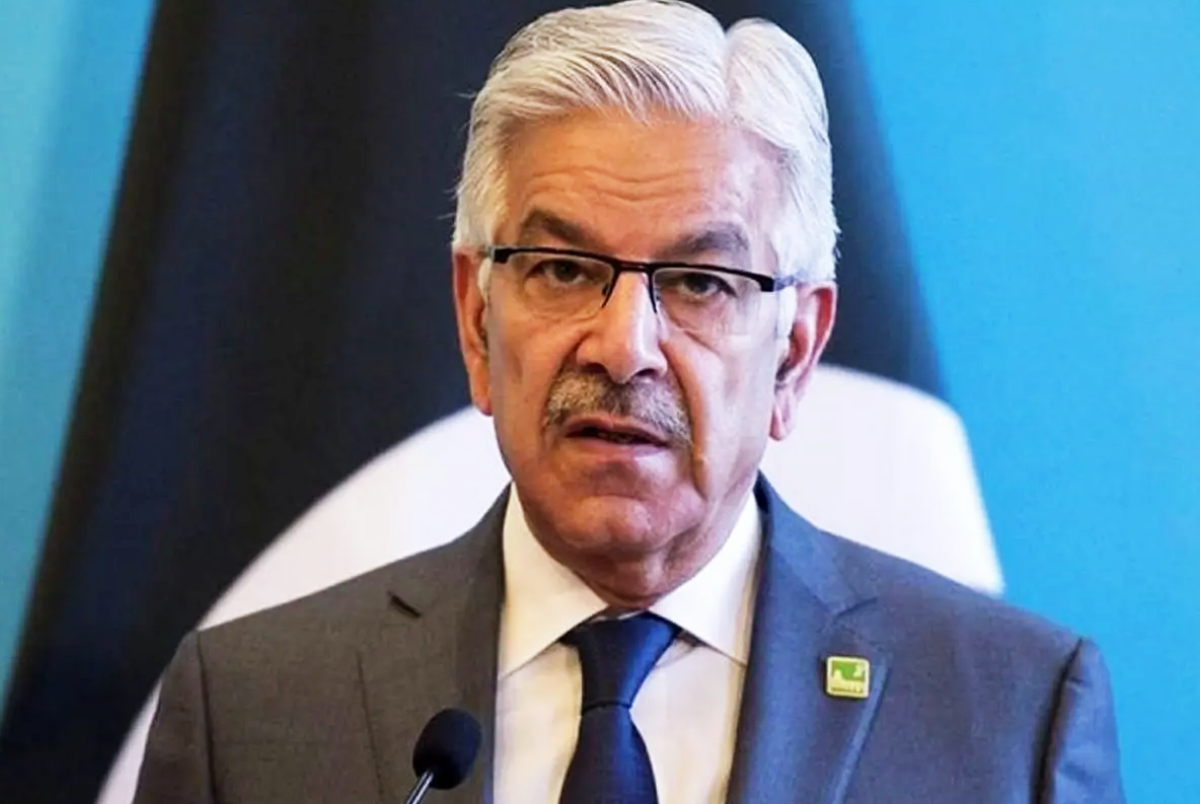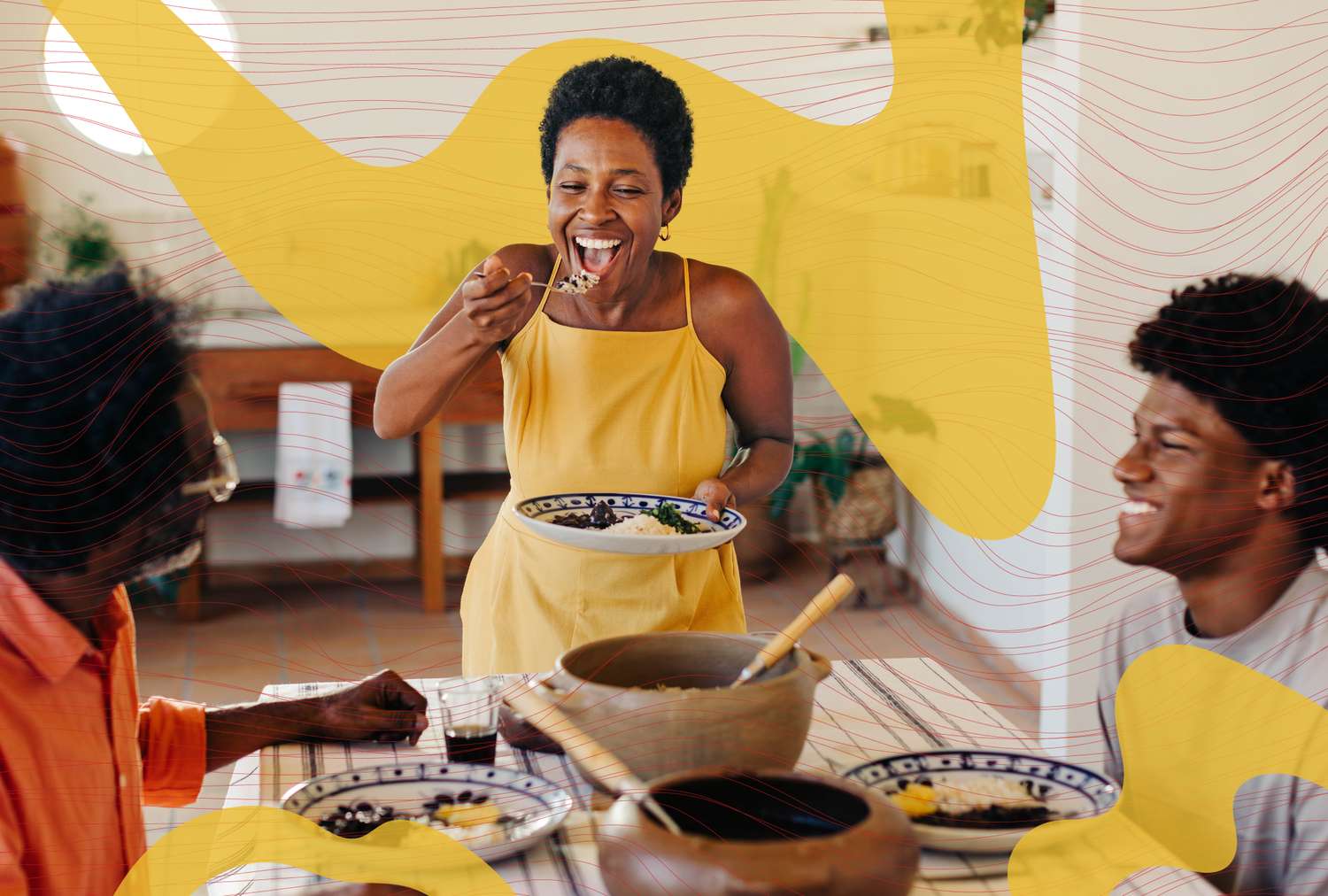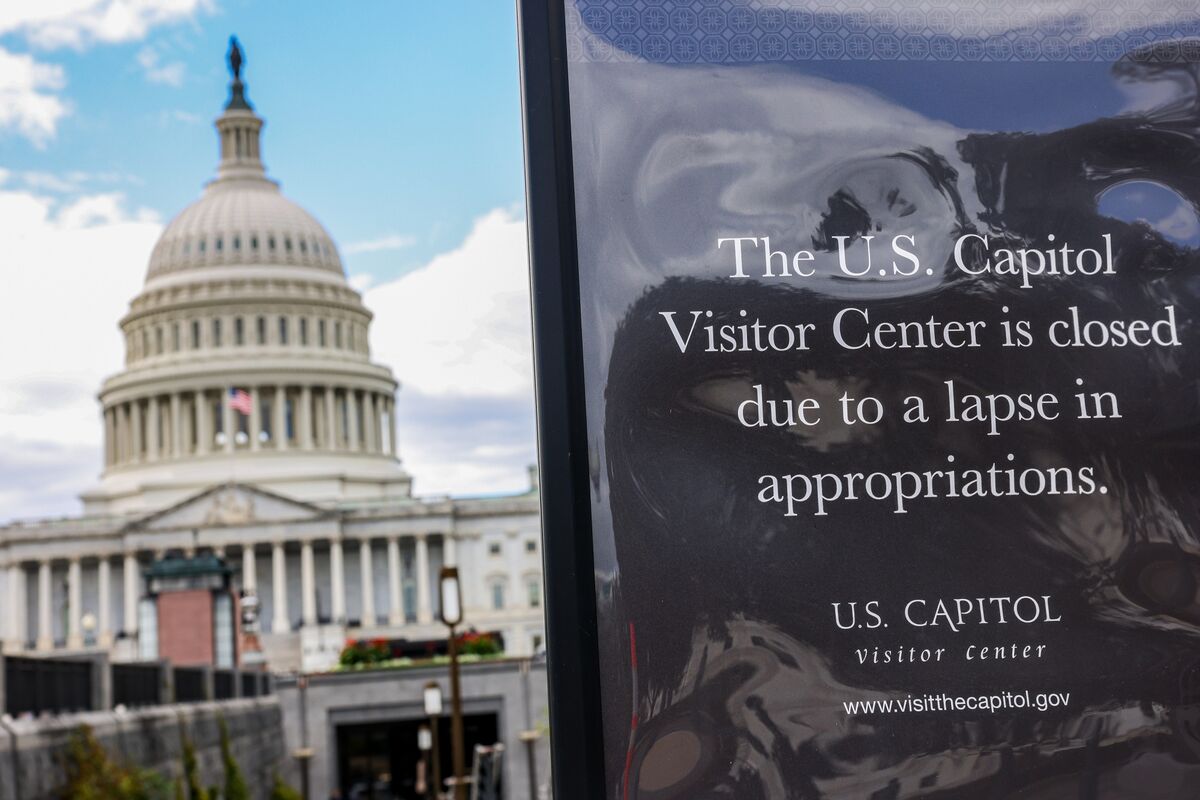Welcome back to the Abstract! These are the studies this week that lived long, played hard, crashed out, and topped it off with a glass of claret.
First off, it’s Naked Mole-Rat Week! Or at least it should be, given that there are…

Welcome back to the Abstract! These are the studies this week that lived long, played hard, crashed out, and topped it off with a glass of claret.
First off, it’s Naked Mole-Rat Week! Or at least it should be, given that there are…

WEB DESK: Angelina Jolie remains firm in her decision to undergo a double mastectomy and have her ovaries removed as preventative measures.
In a recent interview with Hello magazine, the “Maria” actress opened up about these life-altering…

In his latest remarks, Pakistan’s Defense Minister has claimed that his country reserves the right to enter Afghan territory in order to confront opposition groups.
Khawaja Asif stated that Kabul has yet to provide any assurance that Afghan…


Every large galaxy harbors a supermassive black hole at its center, each one emitting powerful winds of hot gas from its event horizon. Our galaxy should be no exception. Yet for the last 50 or so years, astronomers have been searching…

Stay informed with free updates
Simply sign up to the Pharmaceuticals sector myFT Digest — delivered directly to your inbox.
Incoming GSK chief executive Luke Miels is under pressure to boost investor confidence in the pharmaceutical group’s drug pipeline, following years of market scepticism under current boss Emma Walmsley.
Miels, a 50-year-old Australian, will take over the UK-listed drugmaker at the start of next year when Walmsley steps down. After eight years as chief commercial officer, he is known for his sharp execution and knack for uncovering “hidden gem” acquisitions.
One top five investor said Miels had an “opportunity to reward shareholders”.
Walmsley has previously said she is confident GSK can navigate patent expiries in its HIV business towards the end of the decade and that annual revenue will increase from £31bn in 2024 to £40bn by 2031. But she has struggled to convince many investors. GSK’s share price has fallen about 10 per cent during her tenure and analysts forecast annual revenues of £33bn by 2031.
“I do believe [Miels] will be more convincing than Emma with the market,” the shareholder said. “He has had a successful track record before GSK. And he has proper ownership of his pipeline and he will now be in charge of asset allocation,” they added.
Miels has previously worked at AstraZeneca, Roche and Sanofi. GSK shares rose more than 3 per cent on the day his appointment was announced.
The shareholder added that Miels would be judged on whether he can hit the £40bn sales target, but also needed to deliver “some milestones along the way so that people can gain comfort that GSK is on track”.
Another shareholder said Miels had enough time before major patent expiries to deliver results, calling this a “strength of the succession process”.
“The key driver remains execution on the drug pipeline,” they said, adding that success in pharma was “essentially binary”. Companies that prove they can discover effective drugs trade on much higher price/earnings multiples.
Miels came to GSK from AstraZeneca, where he had been close to chief executive Pascal Soriot. AstraZeneca sued for violation of his contract and court documents reported by the Sunday Times at the time said Soriot told Miels he could leave for any company but GSK.
Since then, GSK has hired other staff from its UK rival, including key members of its M&A team.
Miels has made dealmaking a major part of his job, devoting at least a day a week to it. He has championed the acquisition of under-appreciated assets that have become successful products, including a blood cancer drug and an antibiotic to treat urinary tract infections.
One executive close to Miels said he is willing to cut programmes that are not performing but happy to commit money to those he thinks have potential, including the antibiotic when there were many internal doubters. “The pace of business development will continue or take another step up in the next two or three years,” the executive said.
Unlike Walmsley, who was criticised by activist investor Elliott Management for not having a scientific background, Miels has an undergraduate degree in science. He has spent his career on the commercial side of the business, but works closely with GSK’s chief scientific officer Tony Wood, who runs research and development.
“He loves going toe to toe with R&D, and he loves the science,” the executive said.
When Miels was appointed, GSK chair Sir Jonathan Symonds commented on his “outstanding global biopharma development and commercial experience”.
But another executive who worked with him earlier in his career said Miels could be “more than hyper focused” on the commercial plans but did not have a “passion for science”.
Announcing the appointment, Walmsley said she was “extremely pleased” with the smooth succession process. She said that when she started putting together her team in late 2016, she wrote in her diary that Miels would be a “dream appointment”.
“All these years later, I absolutely couldn’t be more delighted that he’s picking up the baton.”

Maintain street cred with design details that true anime fans will appreciate.
Studio Ghibli movies have wide-ranging appeal that covers pretty much all demographics in Japan, even hipster types who are more interested in cool streetwear than…

President Donald Trump’s hardball tactic of ordering permanent layoffs Friday amid a government shutdown hardened Democrats’ deep distrust of Republicans and risks prolonging a standoff that is already the fourth longest in US history with no…